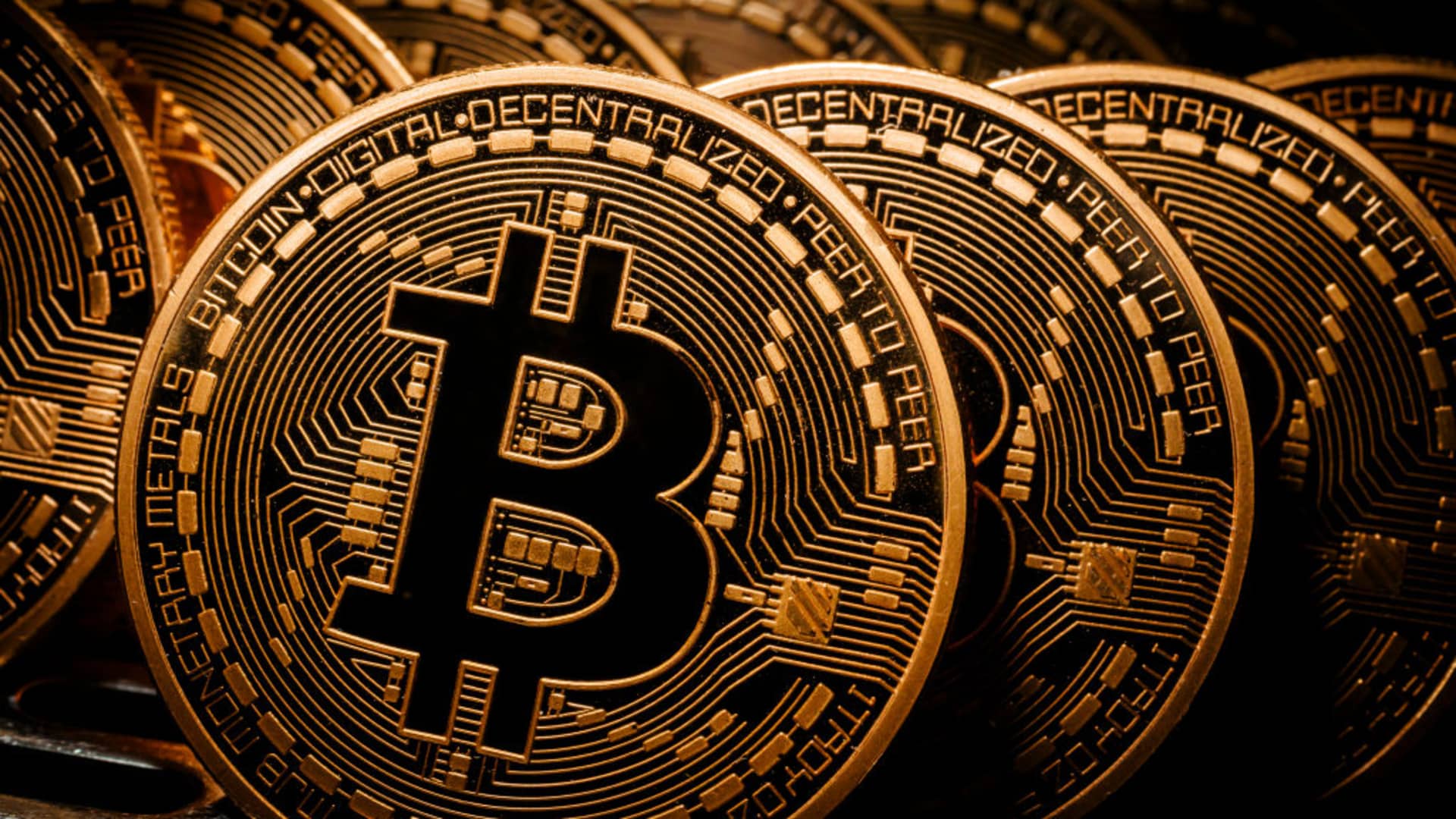What is DeFi? An Introduction to Decentralized Finance



In recent years, the world of cryptocurrencies and Web3 has been revolutionized by decentralized finance, or DeFi. But what is DeFi, and why is it transforming the financial system?
What is DeFi?
DeFi stands for "decentralized finance"—an ecosystem of financial applications built on blockchains, mainly Ethereum. Unlike traditional finance, DeFi removes intermediaries like banks, using smart contracts to automate transactions and services.
The History of DeFi and Ethereum
The concept of DeFi gained traction with the rise of Ethereum and smart contracts, which enable the creation of decentralized financial applications (dApps). Today, Ethereum leads the sector, but other blockchains also offer DeFi solutions.
Key DeFi Concepts
- Smart contracts: Self-executing programs that ensure security and automation of transactions.
- Yield farming: Users provide liquidity to protocols and receive rewards.
- Staking: Locking cryptocurrencies to validate transactions and earn rewards.
- Liquidity pools: Collective funds that facilitate trading on decentralized exchanges.
- Lending and borrowing: DeFi platforms allow users to lend and borrow assets without intermediaries.
How DeFi Differs from Traditional Finance
DeFi is open, global, and accessible to anyone with internet access. It does not require bank approval, offers full transparency, and enables rapid innovation. On the other hand, risks are higher, as there are no institutional guarantees.
Advantages and Risks of DeFi
Advantages:
- Global financial inclusion
- Transparency
- Potential for high yields
- Constant innovation
Risks:
- Market volatility
- Smart contract failures
- Scams and fraud
- Loss of private keys
The Future of DeFi
DeFi continues to grow and innovate, with the potential to transform the global financial system. However, it is essential to study, understand the risks, and use trusted protocols.



